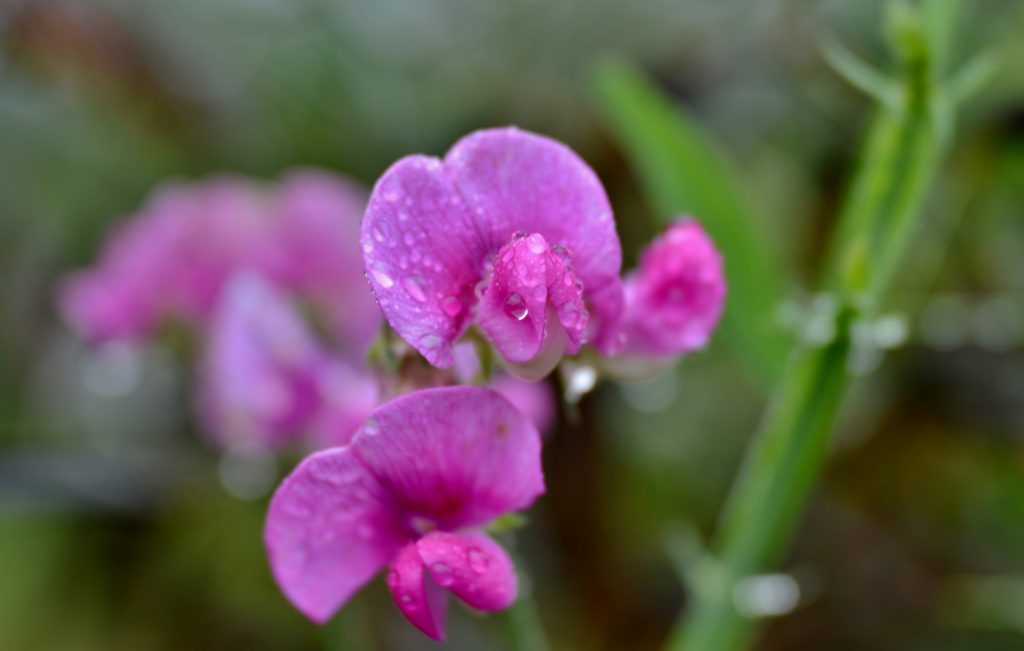
Sowing Sweet Peas for Spring Container Charm and Beauty
CONTAINED
BRILLIANCE
It's time to sow those plans for spring!
Seed racks begin rolling into the garden centers this time of year, and sweet pea seeds will be one of the many offerings. The sweet pea, Lathyrus odoratus, is a flowering plant that's native to parts of the Mediterranean, but grown all over the world for its sweet-fragrance, charm and beauty. I love incorporating sweet peas into my spring container plantings. By planning ahead and sowing now, the starts will be ready to transplant when I plant my pots in May. Sweet peas are wonderful pollinators, have a scent that is intoxicating, and can take the role of thriller, filler, or spiller in your container planting.
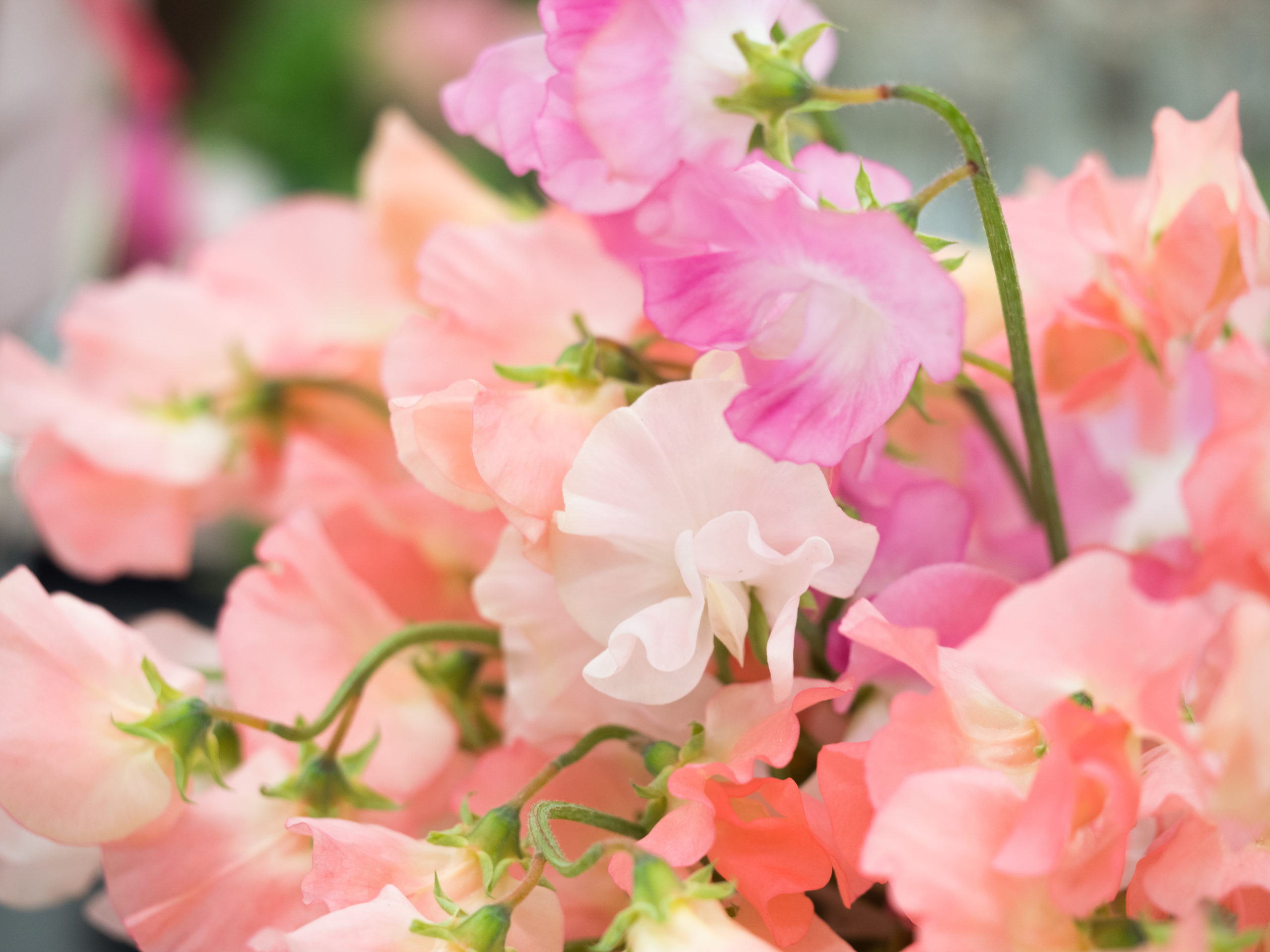
There are a few different categories of sweet peas. Old fashioned varieties, which are the classic sweet pea with long stems and strong fragrance, include some of my current favorites such as Mollie Rilstone, Nimbus and Miss Willmot. Other categories are spring flowering, which are prolific bloomers, summer flowering, which have the longest stems and vary in fragrance, and dwarfs, which remain smaller at approximately 24” tall and have more of a scrambling habit than climbing. The dwarfs can look particularly fantastic in hanging baskets.
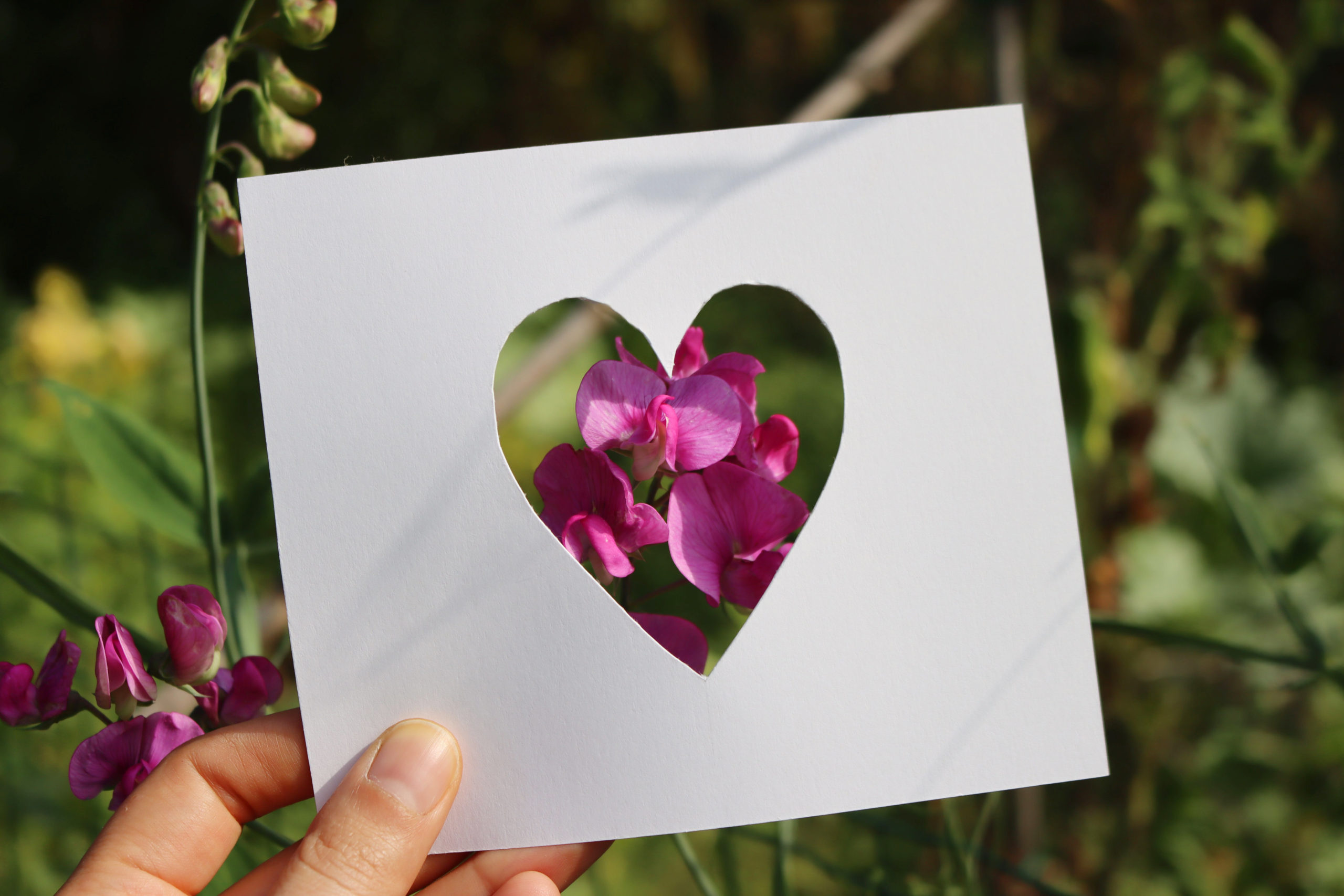
Sweet Peas and Valentines
Because of my love for these gems, I choose to sow my sweet pea seeds on Valentine's Day (the guide is to sow them 10-12 weeks before the last frost). I soak the seeds in water for 24 hours before sowing; this softens the seed coat, which speeds up the sprouting process. While the seeds are soaking, I fill recycled 4” nursery pots with a high quality potting soil. I use 4” pots because sweet peas produce abundant roots, and need room to grow. I then push the soaked seeds (two per pot) 1” down (one knuckle deep) with my finger into the soil and cover. I give them a deep watering at first, and proceed by only watering minimally until after germination. They are then placed in my garage covered with newspaper until they germinate. Once germinated, I move the seedlings to a windowsill that receives morning sun in the coolest room of my house and water when needed. When they’re about 5” tall, I pinch the center stem to promote more side branching and flowers, and move them outside — only bringing them back in when I have concerns of frost.
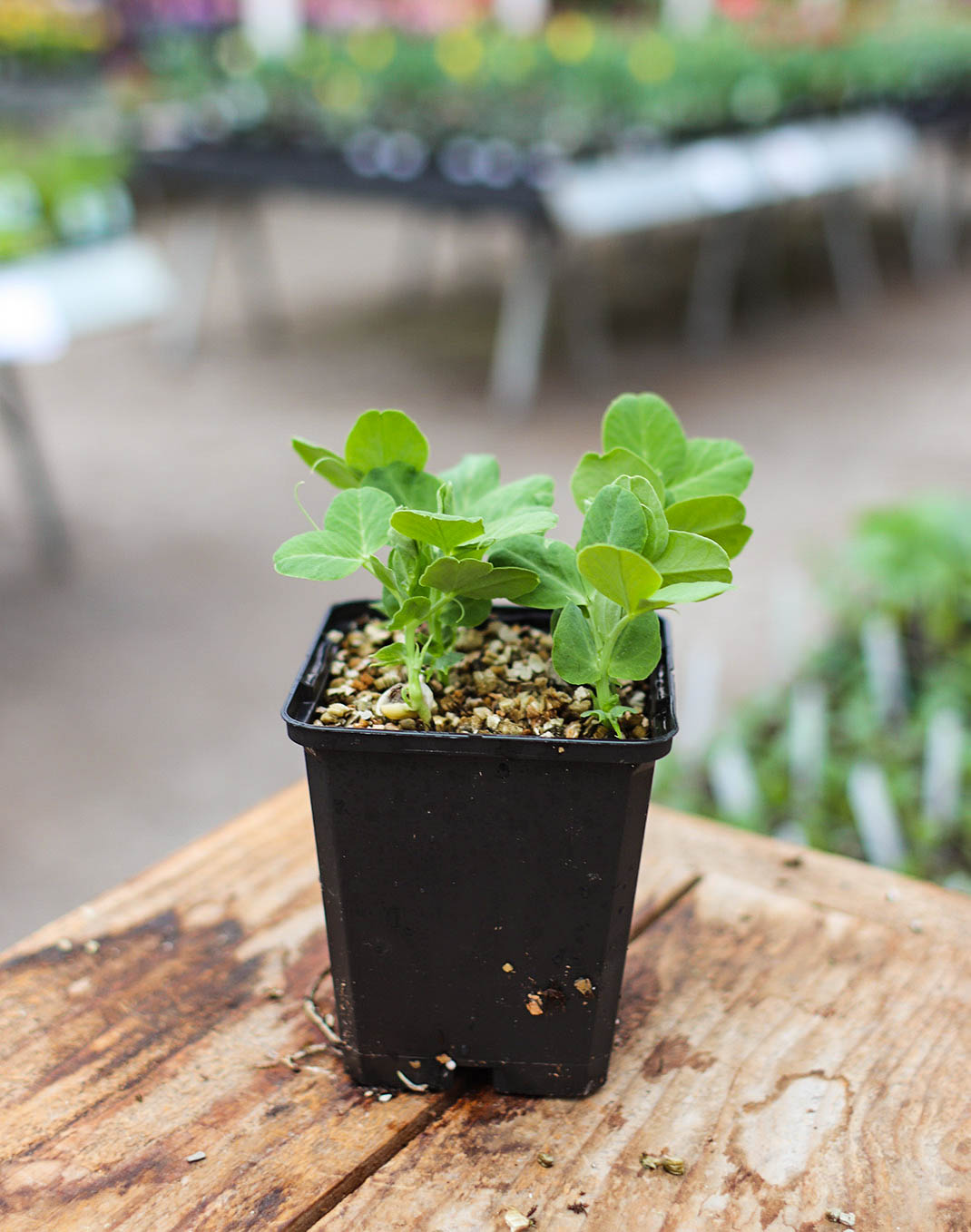
When transplanting your sweet peas into your late spring containers, you’ll want to plant the sweet peas in a location that receives 4-6 hours of sun, mix in a granular time-release fertilizer (like Osmocote) into the soil and give them support to climb. This can be another plant with vertical form and structure, or some type of trellis incorporated into the pot. The vines can grow rapidly once established, with the ability to grow up to a foot a week!

Sweet peas are heavy feeders who don’t like to dry out. Without consistent and thorough watering, they’ll fail to thrive. For the best bloom and longest stems, consider watering and supplementing with a water-soluble fertilizer such as Miracle-Gro or Dr. Earth Flower Girl as directed during the peak growing season. Additionally, regular watering will help to keep powdery mildew at bay.
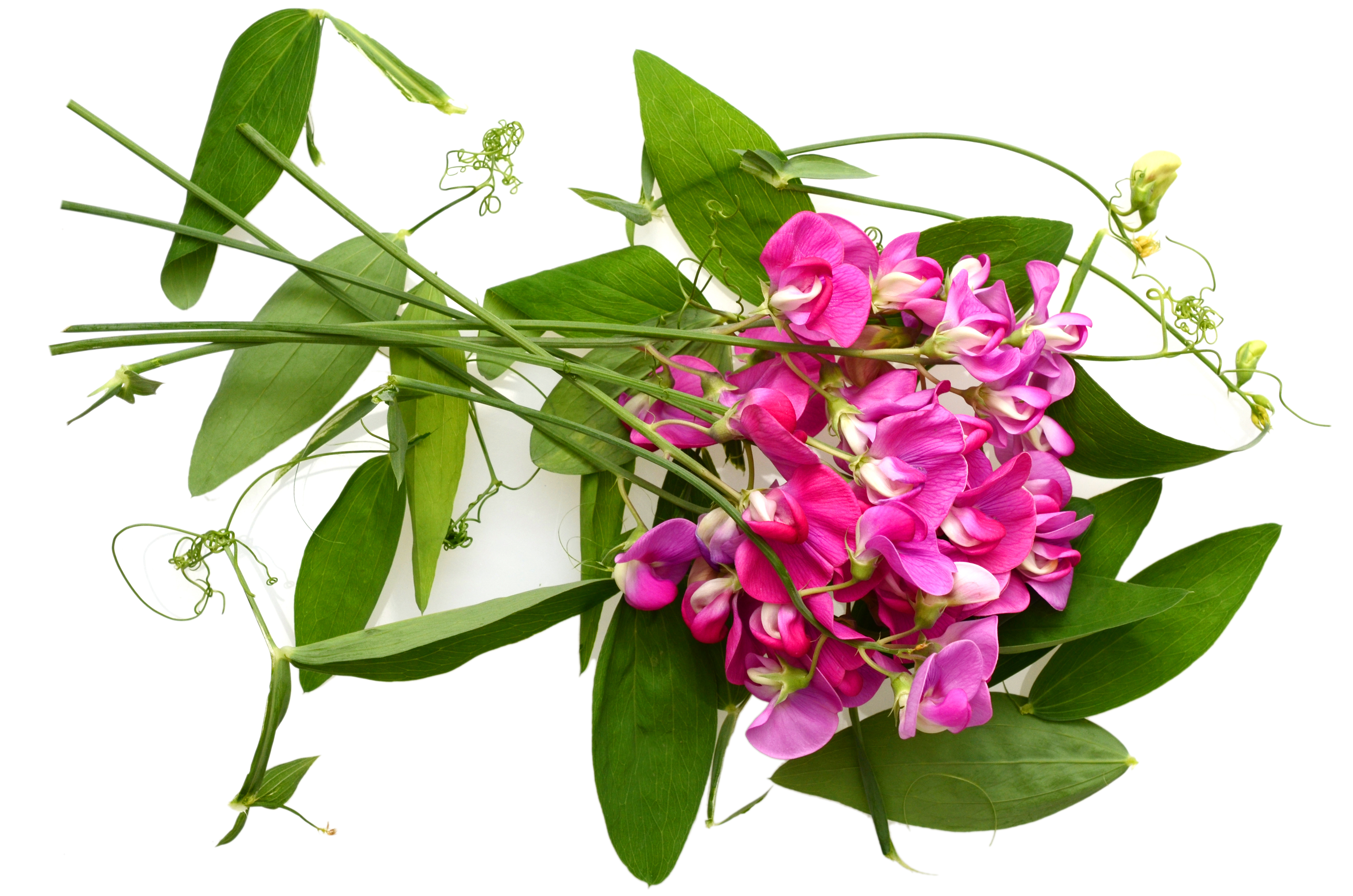
Once planted and established in your container don’t forget to deadhead your sweet peas to prolong blooming and keep the plants from setting seed. Snip a stem or two and bring your sweet peas inside to enjoy them indoors as well. For the longest vase life, you’ll want to cut long stems when there are a couple of unopened flowers at the tip and place them in a bowl away from direct sunlight.



